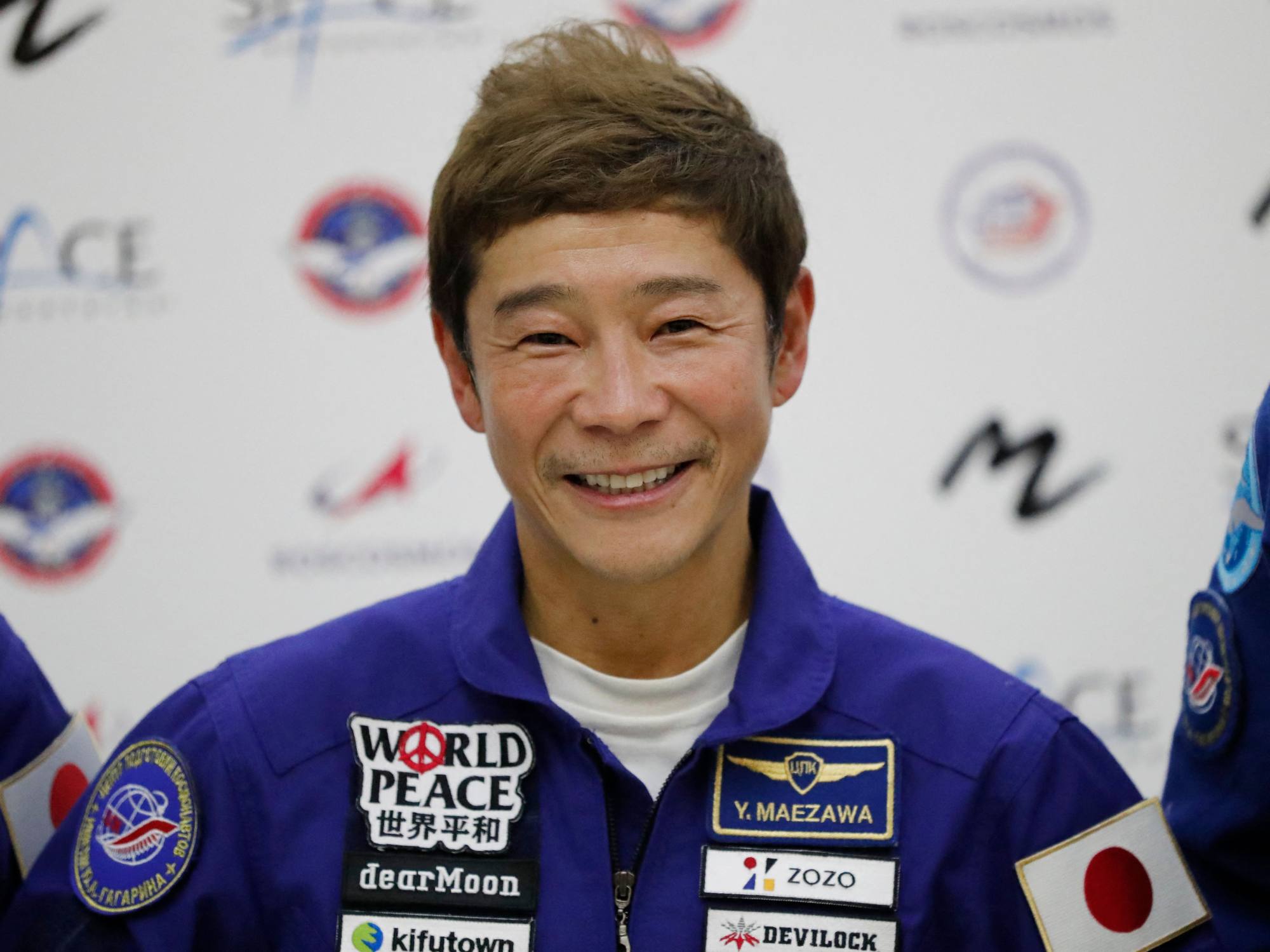
Japan’s ispace lander rockets towards moon with UAE rover
- With Sunday’s predawn launch, ispace is now on its way to becoming one of the first private entities to attempt a moon landing
- It will take nearly five months for the lander and its experiments to reach the moon
A Tokyo company aimed for the moon with its own private spacecraft on Sunday, blasting off atop a SpaceX rocket with the United Arab Emirates’ first lunar rover and a toylike robot from Japan that’s designed to roll around up there in the grey dust.
It will take nearly five months for the lander and its experiments to reach the moon.
The company ispace designed its craft to use minimal fuel, to save money and leave more room for cargo. So it’s taking a slow, low-energy path to the moon, flying 1 million miles (1.6 million kilometres) from Earth before looping back and intersecting with the moon by the end of April.
By contrast, Nasa’s Orion crew capsule with test dummies took five days to reach the moon last month. The lunar fly-by mission ends on Sunday with a Pacific splashdown.
The ispace lander will aim for Atlas crater in the northeastern section of the moon’s near side, more than 50 miles (87km) across and just over 1 mile (2km) deep. With its four legs extended, the lander is more than 7 feet (2.3 metres) tall.
With a science satellite already around Mars, the UAE wants to explore the moon, too. Its rover, named Rashid after Dubai’s royal family, weighs just 22 pounds (10 kilograms) and will operate on the surface for about 10 days, like everything else on the mission.
In addition, the lander is carrying an orange-sized sphere from the Japanese Space Agency that will transform into a wheeled robot on the moon. Also flying: a solid state battery from a Japanese-based spark plug company; an Ottawa, Ontario, company’s flight computer with artificial intelligence for identifying geologic features seen by the UAE rover; and 360-degree cameras from a Toronto-area company.
Hitching a ride on the rocket is a small Nasa laser experiment that will fly to the moon on its own to hunt for ice in the permanently shadowed craters of the lunar south pole.
“Our first mission will lay the groundwork for unleashing the moon’s potential and transforming it into a robust and vibrant economic system,” the start-up’s CEO, Takeshi Hakamada, said in a statement.
The launch was carried out by Elon Musk’s SpaceX in Cape Canaveral in the US state of Florida after two postponements for additional preflight checks.

The ispace mission is called Hakuto, Japanese for white rabbit. In Asian folklore, a white rabbit is said to live on the moon. A second lunar landing by the private company is planned for 2024 and a third in 2025.
ispace, which has just 200 employees, has said it “aims to extend the sphere of human life into space and create a sustainable world by providing high-frequency, low-cost transport services to the Moon”.
Founded in 2010, ispace was among the finalists in the Google Lunar XPRIZE competition requiring a successful landing on the moon by 2018. The lunar rover built by ispace never launched.
Another finalist, an Israeli non-profit called SpaceIL, managed to reach the moon in 2019. But instead of landing gently, the spacecraft Beresheet slammed into the moon and was destroyed.
SpaceX gives Space Coast 52nd launch of the year
With Sunday’s predawn launch from the Cape Canaveral Space Force Station, ispace is now on its way to becoming one of the first private entities to attempt a moon landing. Although not launching until early next year, lunar landers built by Pittsburgh’s Astrobotic Technology and Houston’s Intuitive Machines may beat ispace to the moon thanks to shorter cruise times.
Only Russia, the US and China have achieved so-called “soft landings” on the moon, beginning with the former Soviet Union’s Luna 9 in 1966. And only the US has put astronauts on the lunar surface: 12 men over six landings.
Sunday marked the 50th anniversary of astronauts’ last lunar landing, by Apollo 17’s Eugene Cernan and Harrison Schmitt on December 11, 1972.
Nasa’s Apollo moonshots were all “about the excitement of the technology”, Takeshi Hakamada said, who wasn’t alive then. Now, “it’s the excitement of the business”.
Lift-off should have happened two weeks ago, but was delayed by SpaceX for extra rocket checks.
Additional reporting by Agence France-Presse


